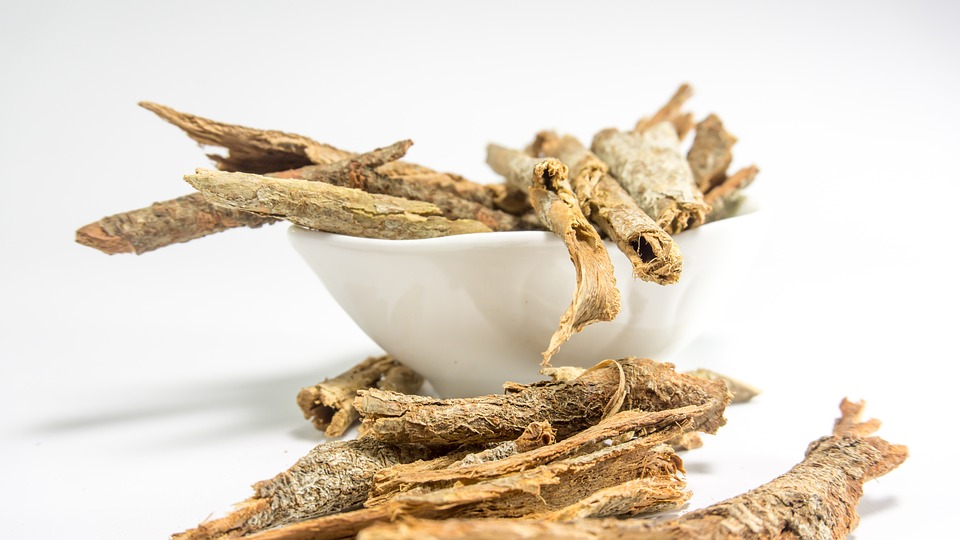By Irene Hayton
Spinach is a leafy green vegetable that’s loaded with nutrients. It’s a good source of vitamins A, C, and K, folic acid, calcium, sulfur, and iron. The kind of iron in spinach is non-heme, a plant iron, which is not absorbed by the body as efficiently as heme iron, the type found in meat. Nutritionists advise adding some vitamin C—such as a squeeze of lemon juice—when eating spinach to increase the absorption of iron because some of the iron in cooked spinach is blocked by the production of oxalic acid that occurs during heating. Spinach also contains many different flavonoids that have antioxidant and anti-cancer properties.
When buying spinach, look for tender, deep green leaves. Avoid those with limp or yellowing leaves. Bags of organic baby spinach, already washed and ready to use, are available in most grocery stores and are quite affordable. Bunches of spinach are also available but need to be washed thoroughly before using. Spinach is available year-round but because it grows best in cool weather, it’s freshest in the spring (March through May) and fall (September through October).
Spinach can be eaten raw, in salads and sandwiches, or cooked. It can usually be cooked with just the water that’s clinging to its leaves after it has been thoroughly washed and briefly drained. Cook it in a covered saucepan for only 2 to 4 minutes. It’s good with just a squeeze of fresh lemon juice and a bit of unprocessed sea salt. Spinach can also be added to egg dishes, soups, sauces, stews, casseroles, dips, lasagna and other pasta dishes.



